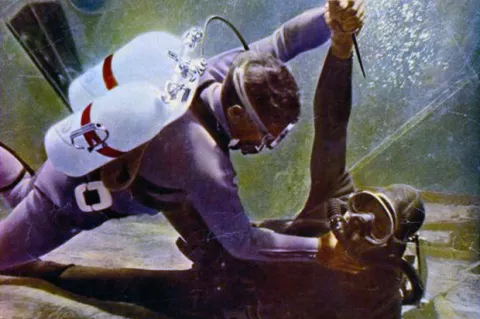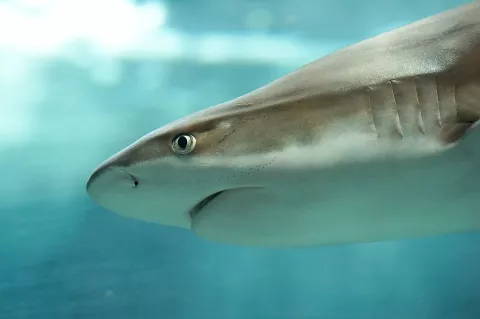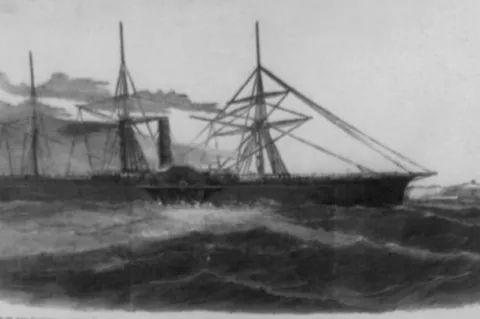Fight against crown-of-thorns starfish goes hi-tech
Developed by roboticists from Queensland University of Technology, this is the world's first robot designed to search and destroy (so to speak) the dreaded crown-of-thorns starfish (COTS). It does this by seeking them out, identifying them and then administering a lethal injection of bile salts.
Its creators, Dr Matthew Dunbabin and Dr Feras Dayoub, equipped the robot with GPS, stereoscopic cameras for depth perception, thrusters to improve stability, pitch-and-roll sensors as well as the pneumatic injection arm.







